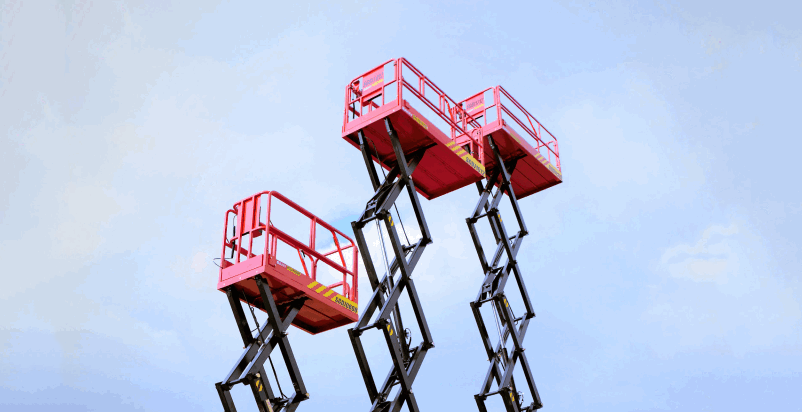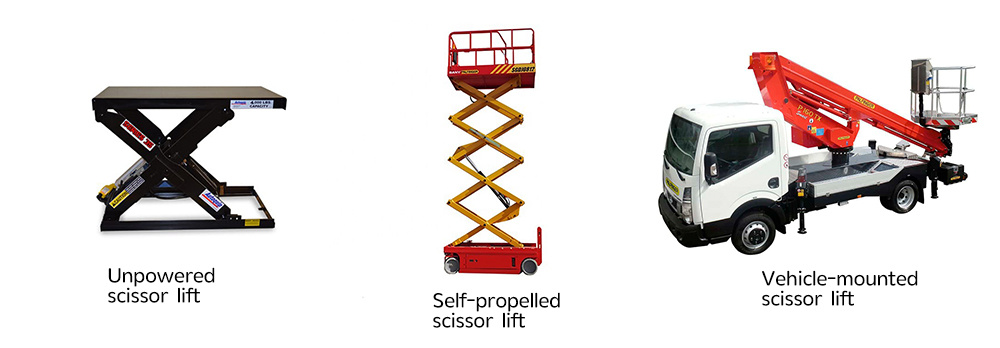---
FOLLOW US FOR MORE KNOWLEDGES OF HEAVY EQUIPMENTS!
INSTAGRAM: @Landwolfsanyparts
FACEBOOK: @Landwolf Engineering Machinery
TWTTER: @Landwolfparts
Category: Industry
2019-11-28
An aerial work platform (AWP), also known as an aerial device, elevating work platform (EWP), bucket truck or mobile elevating work platform (MEWP) is a mechanical device used to provide temporary access for people or equipment to inaccessible areas, usually at height. There are distinct types of mechanized access platforms and the individual types may also be known as a "cherry picker" or "scissor lift."

(SANY Palfinger AWP SGDJ0608 / SGDJ1012 / SGDJ1212, L to R)
They are generally used for temporary, flexible access purposes such as maintenance and construction work or by firefighters for emergency access, which distinguishes them from permanent access equipment such as elevators. They are designed to lift limited weights — usually less than a ton, although some have a higher safe working load (SWL) — distinguishing them from most types of cranes. They are usually capable of being set up and operated by a single person.
Regardless of the task they are used for, aerial work platforms may provide additional features beyond transport and access, including being equipped with electrical outlets or compressed air connectors for power tools. They may also be equipped with specialist equipment, such as carrying frames for window glass. Underbridge units are also available to lift operators down to a work area.
The most common type of aerial device are known in the AWP industry as Knuckle Boom Lifts or Articulated Boom Lifts, due to their distinctive shape, providing easy access to awkward high reach positions. There are several different brand and model variations. The Jack Boom Zebra 16 by Monitor Lifts has outriggers that deploy to stabilise the machine on unstable or steep inclines. In 2019 a new model of Knuckle Boom Lift known as the Jibbi Boom Lift by Almac Italia was released. The Jibbi Boom Lift is a compact Boom Lift which runs on distinctive tracks, as opposed to wheels on other Boom Lifts, that extend and contract giving it self-levelling capabilities and the distinct ability to be utilised on high inclines.

Another type of aerial device is a Straight Boom Lift or Telescopic Boom Lift, which as its name suggests has a boom that extends straight out for direct diagonal or vertical reach by the use of telescoping sections, letting you take full advantage of the boom length range.
A Scissor Lift is a type of platform that can usually only move vertically. The mechanism to achieve this is the use of linked, folding supports in a criss-cross "X" pattern, known as a pantograph (or scissor mechanism). The upward motion is achieved by the application of pressure to the outside of the lowest set of supports, elongating the crossing pattern, and propelling the work platform vertically. The platform may also have an extending deck to allow closer access to the work area, because of the inherent limits of vertical-only movement.
